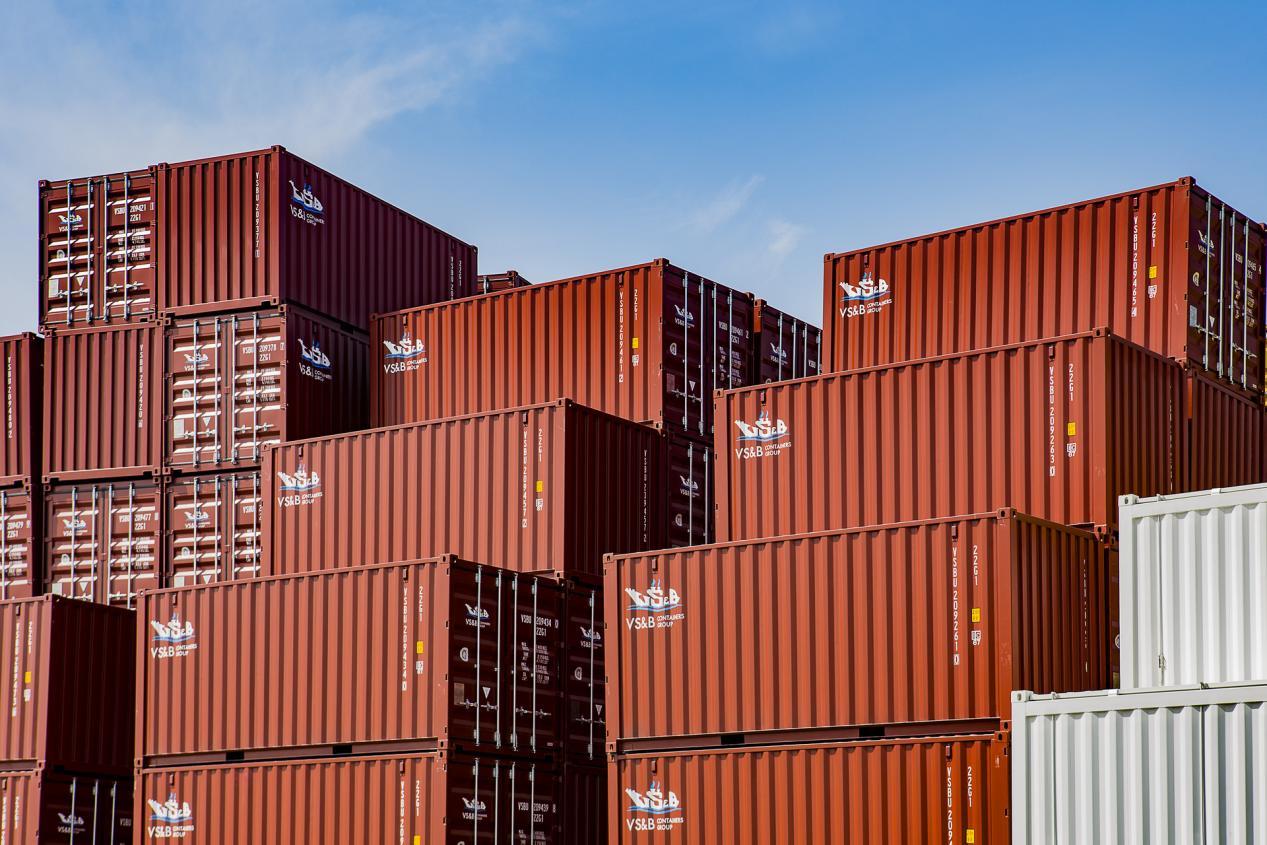Global International Logistics And Transportation Landscape Undergoes Changes
Image Source: 699pic
The so-called "empty containers" refer to containers that are not loaded with goods. Under ideal circumstances, containers should be quickly returned to the export location after completing cargo transportation to achieve efficient recycling. Data shows that currently, for every 10 miles of loaded container transportation, it is necessary to transport 4.1 miles of empty containers. This ratio has increased significantly compared to 3.1 miles before the 2019 pandemic. This phenomenon not only drives up shipping costs but also exacerbates the global capacity shortage.
The core reason for this phenomenon lies in the severe imbalance in global trade flows. Asia, especially major manufacturing countries such as China and Vietnam, has long served as the "engine" of global exports, and the demand for containers at its ports remains strong. However, due to the fact that the export volume of major import markets such as Europe and the United States is far lower than their import volume, a large number of containers cannot be returned in a timely manner after arriving at ports in North America and Europe. These containers pile up at terminals after unloading, resulting in a "container surplus," while export countries are unable to organize new cargo shipments due to a lack of empty containers. This pattern of "shortage in the East and surplus in the West" has forced shipping companies to invest a large amount of capacity in transporting empty containers back to Asia from Europe and North America, thus forming the current 41% proportion of empty container transportation.
As the core carrier of international logistics , the circulation efficiency of containers is directly related to the stability of the global supply chain. When a large number of containers are stranded in importing countries and cannot be returned in a timely manner, exporters face the dilemma of "having goods but no containers." They have to pay high fees to find available container sources and even be forced to postpone shipment plans. This not only affects the normal operation of enterprises but also further drives up international logistics costs, which are ultimately passed on to consumers. At the same time, in order to meet the demand for empty container transportation, shipping companies have to adjust routes and capacity allocation, leading to squeezed capacity on some popular routes, frequent schedule delays, and a decline in overall transportation efficiency.
It is worth noting that the mismatch of container resources is not a short-term phenomenon but a concentrated reflection of long-term structural problems. Although the pandemic has caused a severe impact on the global supply chain, the proportion of empty container transportation remains high even after the pandemic has gradually eased, indicating that the root cause of the problem goes far beyond the impact of unexpected events. The deepening of global division of labor, the intensification of regional trade imbalances, and the bottlenecks in port infrastructure have collectively led to the "dislocation" of containers on a global scale.
However, to fundamentally solve the problem of container resource mismatch, global collaboration and long-term strategic adjustments are still needed. Governments of various countries should strengthen the coordination of trade policies to promote the balance between imports and exports; shipping enterprises need to improve supply chain transparency and establish a more flexible capacity allocation mechanism; and exporters and importers should also strengthen cooperation to jointly explore new models of container sharing and recycling.
In conclusion, the current international logistics and transportation industry is facing the severe challenge of intensified empty container circulation. The 41% proportion of empty container transportation not only reflects the huge waste of capacity resources but also reveals the deep-seated contradictions in the global trade system.

Legal Disclaimer:
MENAFN provides the
information “as is” without warranty of any kind. We do not accept
any responsibility or liability for the accuracy, content, images,
videos, licenses, completeness, legality, or reliability of the information
contained in this article. If you have any complaints or copyright
issues related to this article, kindly contact the provider above.
Most popular stories
Market Research

- New Cryptocurrency Mutuum Finance (MUTM) Raises $15.8M As Phase 6 Reaches 40%
- Bydfi Joins Korea Blockchain Week 2025 (KBW2025): Deepening Web3 Engagement
- Yield Basis Nears Mainnet Launch As Curve DAO Votes On Crvusd Proposal
- 0G Labs Launches Aristotle Mainnet With Largest Day-One Ecosystem For Decentralized AI
- Ethereum-Based Defi Crypto Mutuum Finance (MUTM) Raises Over $16 Million With More Than 720M Tokens Sold
- Fintech's Gender Gap In Focus: Drofa Comms' Women Leading The Way Joins Evolvh3r's She Connects At TOKEN2049





















Comments
No comment